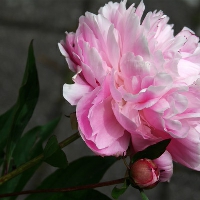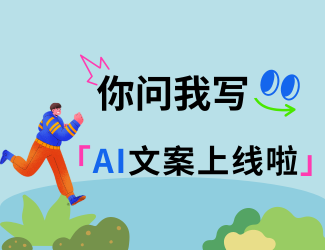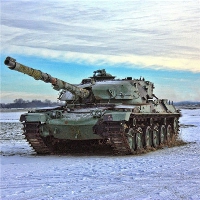Most knowledge points of the two have something in common. From the Second Construction to the First Construction is just an extension of knowledge, so it has great advantages to test the Second Construction and then the First Construction. However, if we plan to take the exam every few years, many knowledge points need to be learned from scratch, and the advantages will be narrowed or even lost.
What are the advantages of taking the Second Construction Examination and the First Construction Examination
1. Time is favorable
There is a difference of 5 months between the examination time of the Second Construction and the First Construction, and they have enough time to prepare for the examination.
2. High content coincidence
Coincidence of engineering laws and regulations: 85% - 90%. It doesn't take much time to review the Second Construction to take the First Construction exam;
Coincidence rate of project management: about 60%, with an increase of 25% for the first construction examination site;
Engineering economy: new subjects for the first construction, and subdividing examination points for "engineering pricing" in Construction Management of the second construction;
Professional practice: the coincidence rate is 50%, the knowledge framework is basically the same, but the content of the first construction is more comprehensive than that of the second construction.
For candidates preparing for the Second Construction Examination, the review time is just right for them to prepare for the First Construction Examination after the Second Construction Examination. With a good foundation and preparation status, the review difficulty will be reduced accordingly. It is suggested to give priority to the second construction during review, and broaden the knowledge points of the first construction when there is spare power.
Is it still useful to pass the First Construction Certificate and the Second Construction Certificate
After the First Construction passes the exam, the Second Construction Certificate is still useful!
The first level constructor and the second level constructor are of the same profession. After the first level constructor passes the examination, it means that when you obtain certificates of the same profession and different levels at the same time and register, the second level constructor will be automatically cancelled and cannot be used. For example, if you have obtained the certificates of Class I and Class II constructors in the construction profession at the same time, the certificate of Class II construction must be cancelled when you register for Class I construction. Otherwise, when registering, the competent construction department will not pass the registration if it finds that the certificate is duplicate.
The first level constructor and the second level constructor have different specialties. After the first level constructor passes the examination, the second level constructor can continue to use them. However, since these two certificates must be registered in the same company, otherwise one of them is likely to be invalidated. If you have successively obtained the Second Class Constructor Certificate for Municipal Engineering and the First Class Constructor Certificate for Highway Engineering, although the Second Class Constructor Certificate is still valid, since the two certificates must be registered in the same unit, when your unit has only highway construction qualification but not municipal qualification, your Second Class Constructor Certificate for Municipal Engineering will not be registered, which is equivalent to losing its effectiveness.











